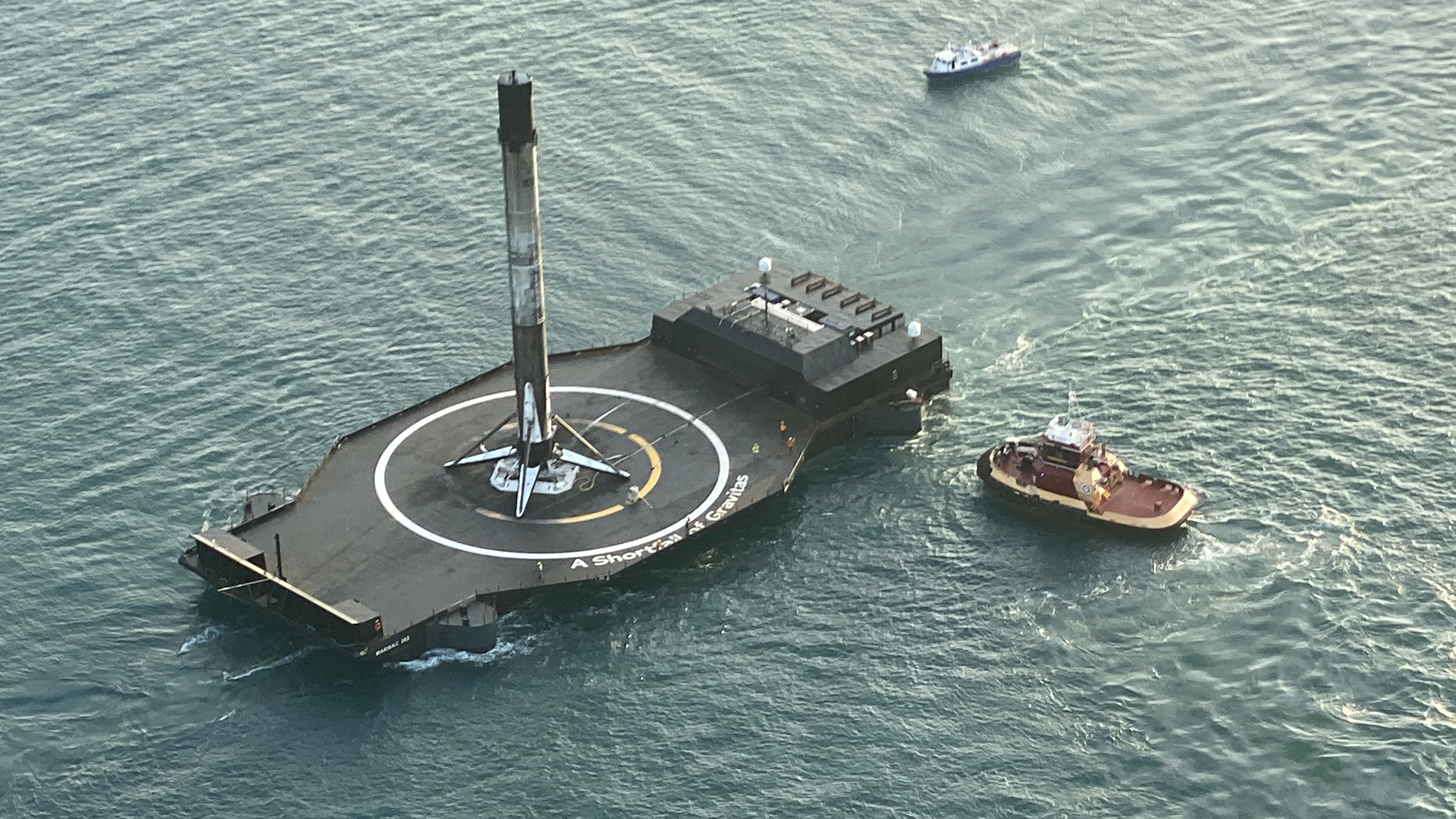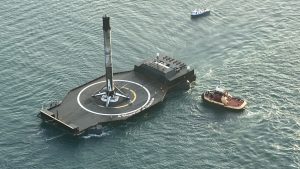Discover how Elon Musk’s SpaceX is transforming maritime technology through autonomous drone ships, enhancing rocket reusability, and influencing the future of uncrewed maritime operations.
Merging Space Exploration with Maritime Innovation
Elon Musk’s SpaceX has garnered global attention for its groundbreaking advancements in space exploration. Beyond its extraterrestrial achievements, SpaceX has significantly impacted maritime technology through the development and deployment of autonomous drone ships. These vessels have revolutionized rocket recovery operations and set new standards in uncrewed maritime operations.
Key Concepts: Autonomous Spaceport Drone Ships (ASDS)
What Are Autonomous Drone Ships?
Autonomous Spaceport Drone Ships (ASDS) are ocean-going vessels derived from deck barges, equipped with station-keeping engines and large landing platforms. They are autonomously positioned for landing during rocket recovery missions. These drone ships enable SpaceX to recover launch vehicle boosters at sea for missions that don’t have enough fuel to return to the launch site after propelling spacecraft onto orbital or interplanetary trajectories.
Design and Functionality
Each drone ship is equipped with:
-
Azimuth Thrusters: Diesel-powered thrusters that provide precise positioning capabilities, maintaining the vessel’s location within a 3-meter radius, even in challenging sea conditions.
-
Autonomous Navigation Systems: Utilizing GPS data, these systems enable the drone ships to operate independently, with options for remote control when necessary.
-
Landing Platform: A reinforced deck designed to withstand the impact of returning rocket boosters, marked with a distinctive “X” to guide landings.
Applications & Examples: Real-World Impact on Maritime Operations
Enhancing Rocket Reusability
The introduction of drone ships has been pivotal in SpaceX’s mission to develop reusable rocket technology. By providing mobile landing platforms at sea, these vessels allow for the recovery of rocket stages that would otherwise be lost, significantly reducing the cost of space missions. The first successful landing on a drone ship occurred on April 8, 2016, when the Falcon 9’s first stage touched down on “Of Course I Still Love You” during the CRS-8 mission.
Fleet Overview
SpaceX operates a fleet of drone ships, each with unique capabilities:
-
“Just Read the Instructions” (JRTI): Initially stationed on the West Coast for Pacific launches, JRTI has been instrumental in recovering boosters from missions launched from Vandenberg Space Force Base.
-
“Of Course I Still Love You” (OCISLY): Serving the East Coast, OCISLY has facilitated numerous recoveries from launches at Cape Canaveral and Kennedy Space Center.
-
“A Shortfall of Gravitas” (ASOG): The latest addition to the fleet, ASOG represents advancements in autonomous maritime operations, requiring minimal human intervention.
Latest Trends & Future Outlook: The Broader Implications for Maritime Technology
Influence on Uncrewed Maritime Operations
SpaceX’s success with autonomous drone ships has set a precedent for uncrewed maritime operations. The U.S. Navy, for instance, is adopting a similar approach by rapidly deploying new Uncrewed Underwater Vehicles (UUVs) alongside submarines to gather feedback and refine technology iteratively. This strategy mirrors SpaceX’s methodology of rapid testing and development.
Environmental Considerations
While technological advancements are paramount, environmental concerns have emerged. For example, SpaceX’s plans to test hypersonic rocket cargo landings on Johnston Atoll have raised alarms among biologists about potential disruptions to local seabird populations. This underscores the need for balancing innovation with ecological preservation.
Conclusion: Pioneering the Future of Maritime and Space Integration
Elon Musk’s SpaceX has not only redefined space travel but has also revolutionized maritime technology through the development of autonomous drone ships. These vessels exemplify the convergence of aerospace and maritime industries, showcasing the potential for uncrewed systems to enhance operational efficiency and sustainability. As technology continues to evolve, the principles demonstrated by SpaceX’s drone ships are likely to influence a broad spectrum of maritime and defense applications.


